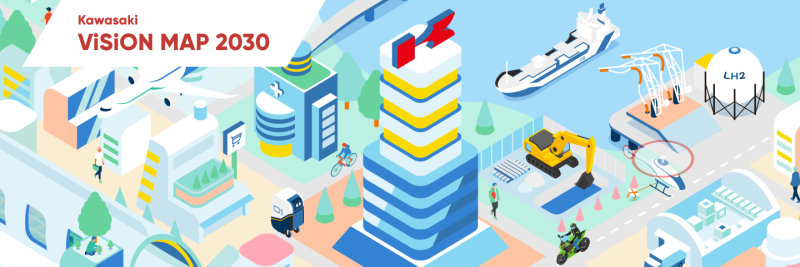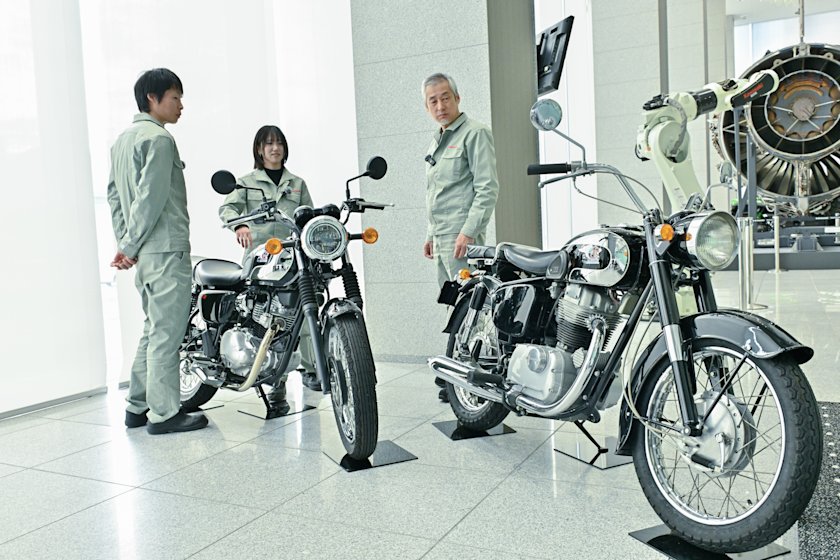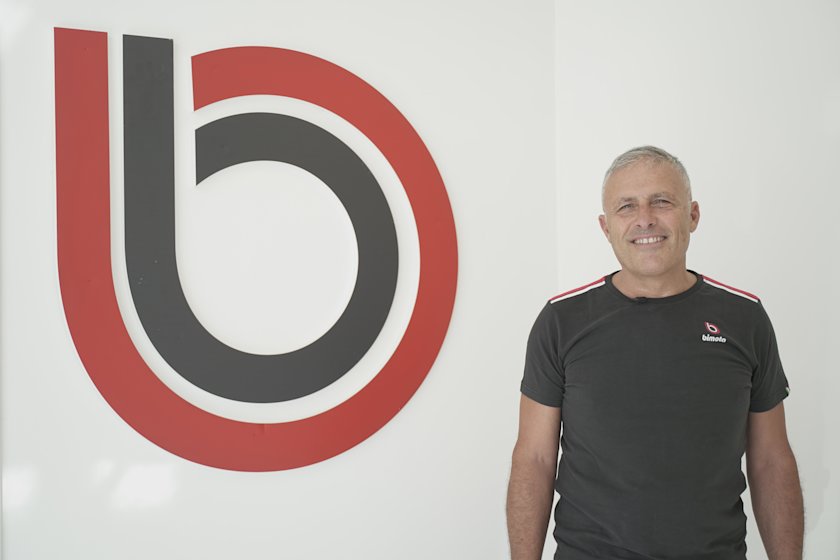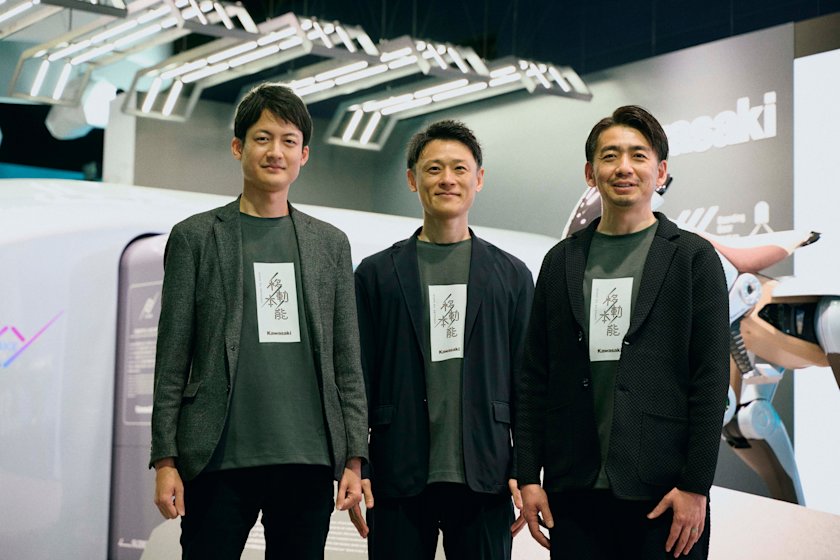Robots can do much more – let’s create arenas where they can shine

Delivery robots help resolve labor shortage in fields such as nursing and logistics. Their field of operation is currently expanding from the indoors to the outdoors. If robots become more familiar, new ideas for use will arise, and both people and robots can optimize their roles within society. Here is the voice of an employee who aims to contribute to such a world. (This article is a part of Kawasaki ViSiON MAP 2030, which imagines the future of the Kawasaki Group.)

Advanced Smart Mobility Supervisory Department, Presidential Project Management Division,
Head Office
Komagata joined Kawasaki in 2010. As a student, she became hooked on a television drama about emergency medical service helicopters, and hoped to work with helicopters at Kawasaki. After a career in marketing and the unmanned VTOL business, she currently handles client relations and business planning of delivery robots.
My unique experience allows for a unique perspective
In my current work of client relations and the sales of delivery robots, I personally place importance on addressing the business from a perspective that is not limited by conventional frameworks. I was first involved in the helicopter business and then started my work in this department. I am a salesperson that takes advantage of the viewpoints of the engineers. I selected a reduced work schedule while raising my children. This background is different from others working on my team and is my strength. I intend to make use of my unique perspective regardless of the parameters set by the business, products, and job types, so that new applications and ideas can be introduced for delivery robots.

Making it the norm to assign repetitive, non-specific work to robots
Currently, test runs of Kawasaki’s delivery robots are conducted on public streets and within hospital buildings. We also selected medical institutions for indoor use because robots can help solve labor shortage in nursing settings. You may think that the main work of nurses is medical practice. However, they actually spend a considerable amount of time and energy in the management and carrying of goods. I wanted to realize an environment where nurses focus on providing medical services and robots shoulder the repetitive work. For this purpose, we ask our partner hospitals to use the robots and give us feedback on the activities of the delivery robots, and we also take part in in exhibitions for medical institutions where we show these robots.

Spreading awareness about robots will unleash their use in our daily lives
A high performance of delivery robots in the outdoor context is anticipated in conjunction with future legislative changes. It may eventually solve the “last mile problem” in the logistics industry, or a shortage of labor to deliver the increasing number of door-to-door packages. Another expectation is that everyone will become more familiar with robots. If people know about robots, their field of operation will expand. Robots no longer exist in our imagination. You could imagine robots taking on new tasks, and new demands and ideas would occur one after another in every corner of business. By 2030, I hope many issues will be resolved, and robots are a familiar part of our daily lives.

The information contained in the article is current as of December 2022.
"Kawasaki ViSiON MAP 2030" presents the future we want to realize by the year 2030, presented through the voices of Kawasaki staff working towards our vision. We hope you join us to learn about their efforts in social change, and to imagine the future we can achieve together.







